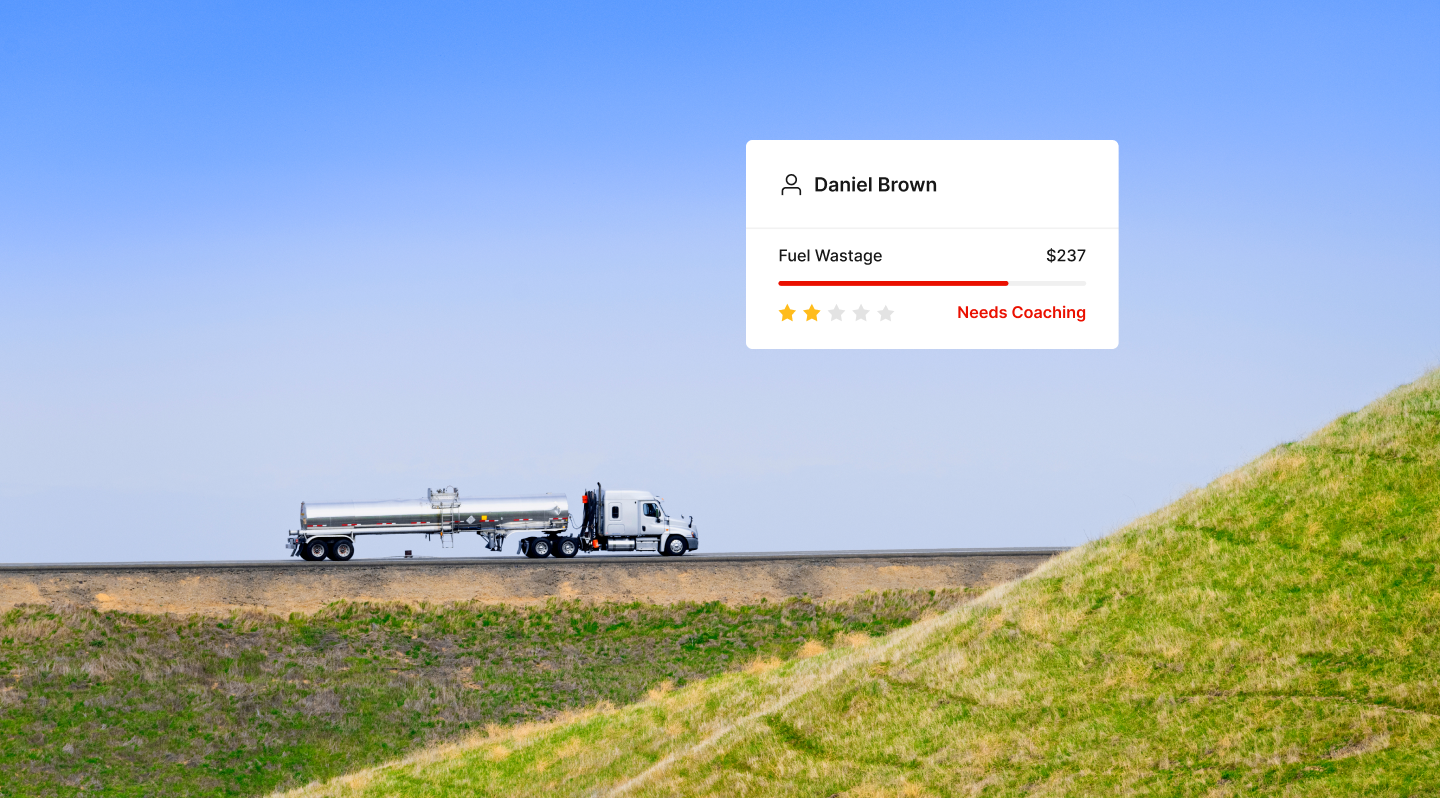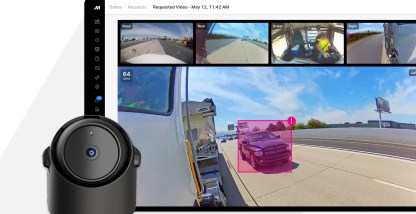The oil and gas industry has been aggressively pursuing sustainability goals. A 2021 survey by SAP and Oxford Economics found that 79% of energy and utility executives say sustainability is a major concern at all stages of the manufacturing process, while 47% have committed to a goal of net-zero carbon.
Sustainability can take many forms. The 2030 Agenda for Sustainable Development prompts oil and gas operators to reduce their greenhouse gas emissions and freshwater usage. Other goals target a reduction in fossil fuel use or transitioning to renewable energy sources.
However, regulatory compliance costs have tripled for the oil and gas industry since the late 1990s. Many oil and gas fleets now spend 5% to 10% of their annual revenue on compliance. That means they must figure out how to balance compliance costs with productivity gains.
Artificial intelligence (AI) can help oil and gas fleets achieve all of these goals. AI can improve operations at all levels, from fuel consumption and maintenance, through simplified compliance. That means more sustainable fleets are also safer and more productive.
See how AI can help oil and gas fleets:
- Reduce fuel consumption
- Improve driver and fleet safety
- Boost fleetwide productivity (and customer satisfaction)
How AI helps oil and gas fleets reduce fuel consumption
AI can help oil and gas fleets reduce fuel consumption by reducing idling time, improving driver behaviors, and optimizing route efficiency.
The average heavy-duty truck idles about 1,800 hours each year and burns 0.8 gallons of fuel per hour of idling. This adds up quickly, especially across an entire fleet.
AI can aggregate telematics data that tracks each driver’s idling habits, then calculate how much fuel is wasted. Motive Fuel Hub presents a consolidated view of fuel trends across your entire fleet.
With this knowledge, fleet managers can identify which drivers need coaching to reduce idling time. Some fleets even offer incentives for drivers who idle the least or show the greatest improvement.
Similarly, AI can help identify other fuel-wasting behaviors so you can proactively coach your drivers. For example, the U.S. Department of Energy finds that more efficient driving (less speeding, fewer hard accelerations) can improve fuel economy by up to 30% at highway speeds and 40% in traffic.
AI can also help optimize routes to help your operators avoid traffic congestion or choose more direct routes that minimize fuel use.
How AI helps improve driver and fleet safety
Oil and gas fleets face unique safety challenges when operating on remote roads and hazardous sites — often staffed by a single operator.
AI can provide in-cab alerts that instantly notify drivers when they’re nodding off, making unsafe moves, or not paying attention to the road. AI can even reduce alert fatigue by up to 98%.
Longer term, AI can help fleet managers identify which drivers need coaching to improve their habits. Motive’s Safety Score helps you understand each driver’s risk profile at a glance, while the Motive Driver App delivers automated coaching to the drivers who need it. When paired with occasional in-person coaching, automated coaching can help drivers develop their skills and reduce risky behaviors as they develop.
And when an emergency strikes, AI can deliver safety managers the information they need to act. Motive collects location and telematics data every one to three seconds, even if workers are busy reacting to the situation, helping you respond quickly and precisely.
How AI can boost fleetwide productivity (and customer satisfaction)
Finally, AI can help optimize a fleet’s entire operations, from smart dispatching and maintenance to automating much of the compliance paperwork.
Flying Star Transport has made significant productivity gains thanks to Motive’s AI-fueled solution. CFO Jayson Boydstun says, “Motive’s geofencing and detention time reports helped us realize a 10% to 15% improvement on our efficiencies, measured by hours per load. We gain so much when we can move faster.”
Flying Star is also using Motive’s AI-generated insights to explore ways to improve average wait times and inspire conversations about efficiency with customers and drivers.
Minimize wait times and give customers realistic ETAs
Motive’s GPS and geofencing give you real-time updates about the location of your drivers, assets, and equipment, so you can track arrivals and departures. These geofences can alert you when equipment enters or exits a site — enabling you to proactively send customers an accurate expected arrival time. That can minimize your own driver’s wait time while improving customer satisfaction.
The Motive Fleet Dashboard helps Cordy Environmental build trust with customers. Cordy’s Allen Chatten says, “I showed the customer how to use geofence and [telematics] on all of our trucks, so she could do a query on her own. The fact that we were able to teach our customer how to do this, well, that just raised our accountability.”
Shift to predictive maintenance that limits downtime
AI-optimized maintenance also improves overall productivity. Predictive maintenance that’s based on a vehicle’s actual condition and usage can reduce the need for unplanned maintenance. Motive can alert you to diagnostic fault codes as they occur, so you can act before a driver is left on the side of the road with a breakdown — and before they miss a delivery.
Predictive maintenance combines sensor data about vibrations, temperature, pressure, and noise to detect early warning signs of malfunction. AI modeling can then predict when a part should be serviced or replaced, before it breaks. On average, fleets that shift to more preventative maintenance cut maintenance-related downtime days by about 20%.
Automate compliance to reduce costs and violations
AI can also simplify and streamline your fleet’s compliance, saving hours while reducing violations. For example, AI can resolve unidentified trips faster by automatically matching trips and drivers. Motive’s Compliance Hub and Fleet App make it easy to:
- Identify critical issues and violations.
- Monitor driver logs and duty status.
- Match unpaired drivers.
- Resolve form and manner errors.
All that paperwork adds up. When using Motive’s compliance solution, fleets have seen 50% fewer hours-of-service violations. They also spend up to 50% less time on compliance tasks, and have seen as much as a 25% reduction in insurance costs.
Learn how Motive can help oil and gas fleets reach their sustainability goals
Motive’s AI-powered solutions can help your oil and gas fleet reduce fuel consumption, improve driver safety, and optimize your productivity. See how when you request your demo today.










